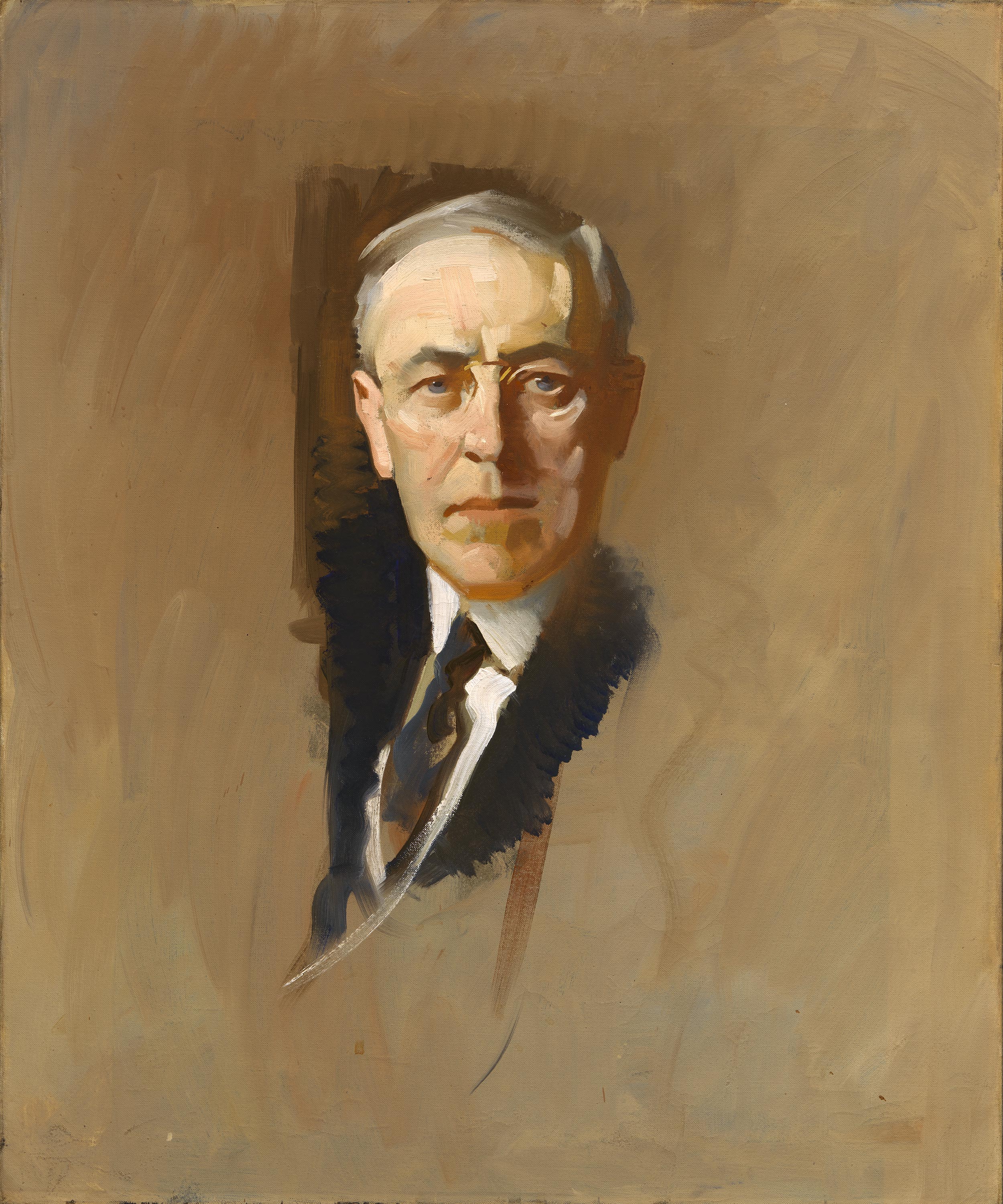Woodrow Wilson

Woodrow Wilson (1856–1924)
Elected president after earning a sterling reputation as the governor of New Jersey, Woodrow Wilson remained committed to curbing abusive business practices and improving conditions for workers during his time in the White House. In the wake of World War I, he tried to create a world order that would choose to prioritize peace over national self-interest, but his idealism was dismissed, both at home and abroad. The frustration Wilson felt from this rejection was compounded by his failure to convince his own country to support the League of Nations, an international organization he had conceived of as a means for avoiding future wars. He suffered a stroke in 1919 while campaigning for American entry into the League and left office in 1921, broken in both health and spirit. Wilson is most often remembered as a champion of liberal values, but recent scrutiny has drawn attention to his regressive actions with regard to women’s voting rights and other civil liberties.
In June 1919, John Christen Johansen, a Danish-born artist living in Chicago, made portraits of the dignitaries during the negotiations of the Treaty of Versailles. This sketch, which he made for a larger group portrait, depicts Wilson just months before his stroke.
Gift of an anonymous donor
